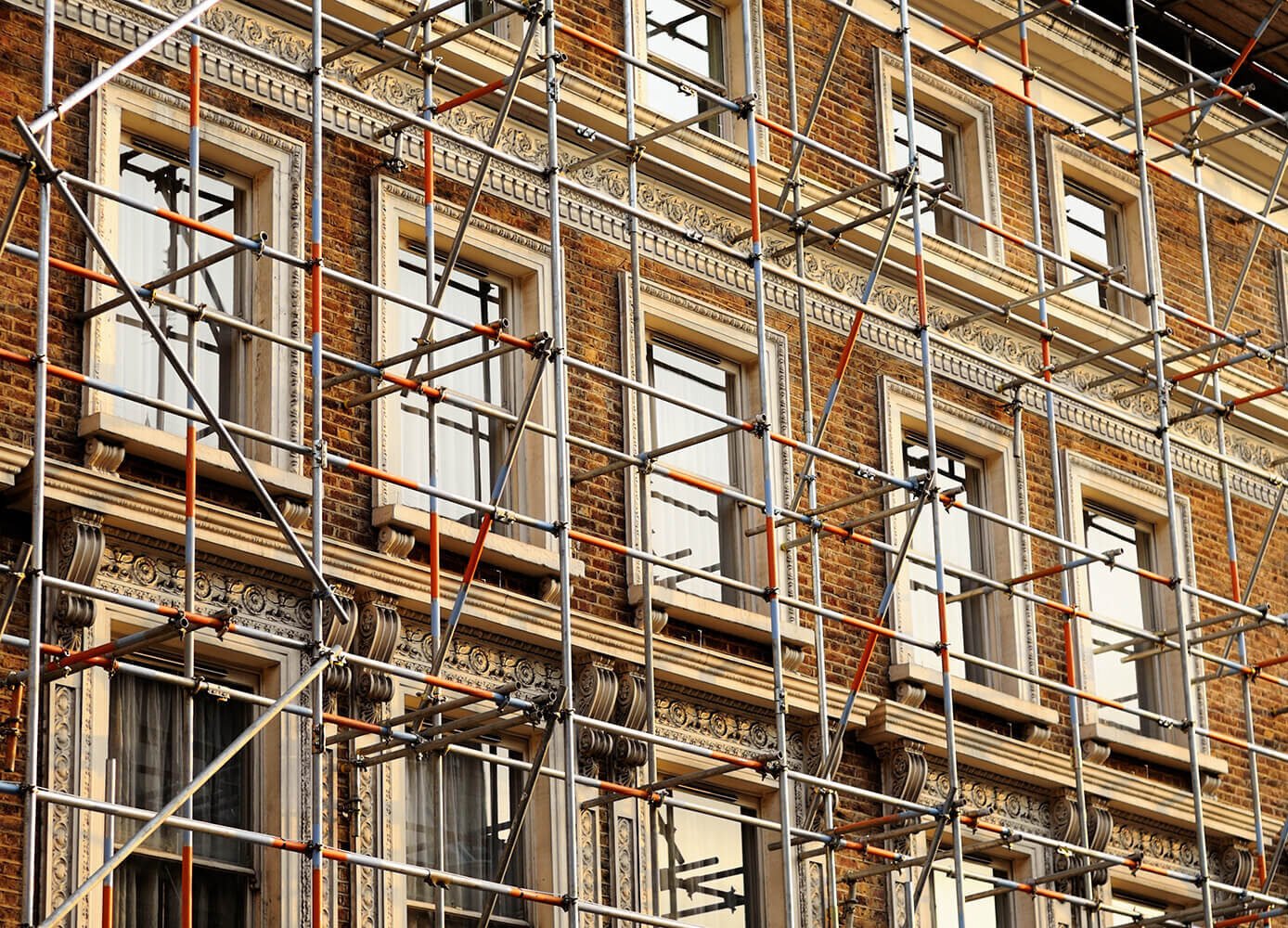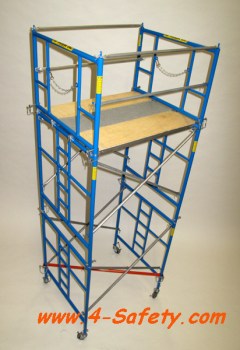Exploring the Different Kinds Of Scaffolding Utilized in Construction Jobs
The building market relies heavily on different sorts of scaffolding to meet particular project needs, each offering distinctive advantages and applications. Traditional frame scaffolding supplies a sturdy foundation for basic jobs, while put on hold scaffolding is crucial for service high-rise structures. Various other choices, such as system and rolling scaffolding, provide to performance and mobility, specifically. The cantilever variant shows invaluable in city environments where space is constricted. Comprehending the nuances of these scaffolding types is essential for maximizing security and performance on building sites, prompting a more detailed evaluation of their special attributes and applications.

Traditional Structure Scaffolding
Traditional framework scaffolding is among the most extensively utilized techniques in the building and construction sector due to its effectiveness and convenience. This system contains horizontal and vertical frames that are assembled to produce a steady system for materials and workers. The main parts consist of vertical posts, straight ledgers, and angled dental braces, which with each other offer a solid structure that can support considerable tons.
Among the vital benefits of standard frame scaffolding is its adaptability to different construction tasks, ranging from property buildings to large business structures. The modular style enables for very easy setting up and disassembly, making it effective for both lasting and temporary projects. In addition, the system can be personalized in elevation and size, suiting different building styles and website conditions.
Security is critical in scaffolding applications, and standard frame systems are outfitted with guardrails and toe boards to avoid drops and guarantee employee security. Routine examinations and adherence to security guidelines are vital in maintaining the honesty of the scaffold (Scaffolding). In general, typical structure scaffolding stays an essential choice in the building and construction market, providing a trustworthy system for labor and enhancing overall task effectiveness

Suspended Scaffolding
Put on hold scaffolding supplies an unique option for building and construction jobs that require access to elevated surfaces, especially in scenarios where traditional framework scaffolding may be impractical. This kind of scaffolding is usually put on hold from the roof or upper levels of a framework, utilizing a system of pulley-blocks, ropes, and systems to develop a working room that can be gotten used to different elevations.
Among the primary advantages of put on hold scaffolding is its versatility. It can be conveniently repositioned or reduced to accommodate modifications in building requirements, making it excellent for tasks such as window setup, façade job, and upkeep on high-rise structures. In addition, the marginal footprint of put on hold scaffolding permits far better use ground space in metropolitan environments, where area is frequently restricted.
Security is a vital factor to consider in making use of suspended scaffolding. Appropriate rigging and securing systems should be utilized to make certain stability and protect against mishaps. Operators has to also be learnt the secure use this tools. Generally, put on hold scaffolding gives a efficient and effective solution for accessing hard-to-reach locations in numerous construction situations, improving both performance and safety on site.
System Scaffolding
System scaffolding, typically regarded as a modern remedy in the scaffolding sector, is composed of pre-engineered parts that can be swiftly set up and adapted for numerous building and construction jobs. Scaffolding. This type of scaffolding is identified by its modular layout, which permits for versatility and efficiency on job sites, fitting architectural demands and different elevations
Typically made from high-strength steel or light weight aluminum, system scaffolding uses enhanced sturdiness and security. The parts include vertical articles, horizontal journals, and diagonal dental braces, which adjoin safely, making certain a robust framework. The layout usually incorporates standardized fittings, simplifying setting up and disassembly procedures, therefore minimizing labor time and expenses.

Rolling Scaffolding
Rolling scaffolding is a versatile option to typical set scaffolding, developed for movement and simplicity of usage on construction websites. This sort of scaffolding contains a platform supported by structures with wheels, permitting workers to easily transfer it as required. The movement attribute substantially improves efficiency, as it lessens downtime related to assembling and taking apart dealt with scaffolding.
Typically built from light-weight materials such as light weight aluminum or steel, rolling scaffolding supplies a durable yet portable remedy for tasks calling for frequent repositioning - Scaffolding. It is particularly advantageous in tasks such as paint, drywall setup, and electric job, where access to numerous elevations and areas is necessary
Safety and security is paramount in rolling scaffolding style, blog here with features such as securing wheels to prevent unintended motion when in usage, and guardrails to shield workers from falls. Furthermore, many versions are flexible in elevation, accommodating various job needs.
Cantilever Scaffolding

The design of cantilever scaffolding usually involves utilizing arms or braces anchored to a building or framework, making it possible for the platform to extend exterior safely. Security is paramount; hence, these scaffolds should be engineered to endure different tons and ecological problems. Routine assessment and maintenance are vital to guarantee structural integrity and employee safety and security.
Cantilever scaffolding is favored for its adaptability and efficient use of space, making it a preferred choice in city settings where area restrictions prevail. It helps with simpler accessibility to high altitudes, ultimately adding to the overall efficiency of construction tasks. Similar to all scaffolding kinds, appropriate training and adherence to security standards are critical for employees using cantilever scaffolding.
Verdict
Standard framework scaffolding gives stability, while suspended scaffolding supplies flexibility for raised jobs. System scaffolding promotes fast assembly, and rolling scaffolding enhances wheelchair for varying job atmospheres.
Standard framework scaffolding supplies a tough structure for basic jobs, while suspended scaffolding is crucial for job on skyscraper frameworks.Rolling scaffolding is a flexible alternative to traditional set scaffolding, developed for movement and convenience of usage on building websites. As with all scaffolding kinds, appropriate training and adherence to safety criteria are critical for workers utilizing cantilever scaffolding.
Standard structure scaffolding gives security, while suspended scaffolding uses adaptability for raised tasks. System scaffolding facilitates quick setting up, and rolling scaffolding enhances movement for differing job environments.